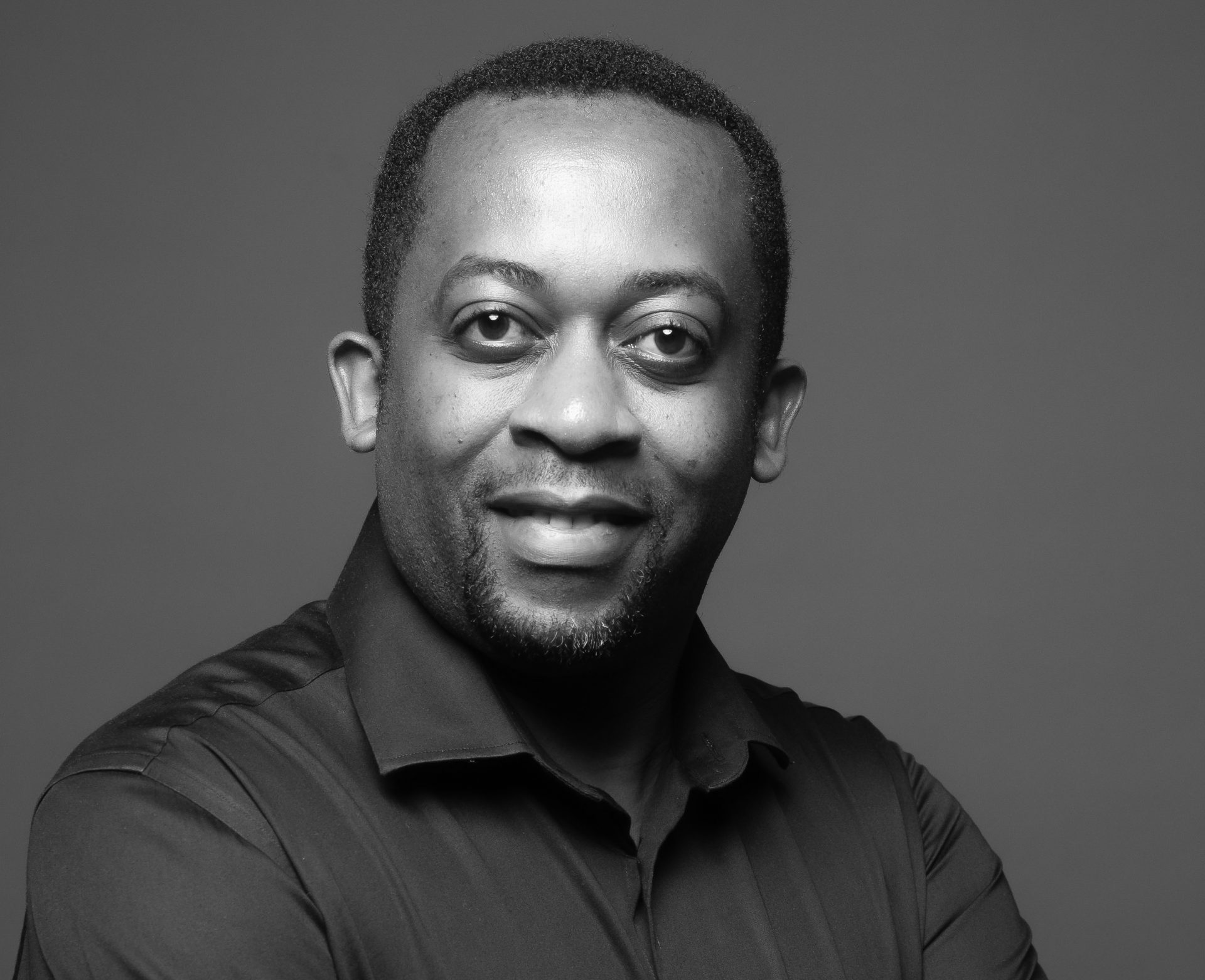Afia Drah is a Communications Leader and a Board Member of the Canadian Public Relations Society (CPRS) Ottawa-Gatineau.
Storytelling has become the buzzword in Strategic Communications. Everyone is talking about it, and that’s a good thing. However, I’ve noticed that in our enthusiasm, we sometimes put all our energy into the telling and not enough into the story itself. But the word itself is a marriage of two parts: Story and Telling.
We’re usually strong on the telling. That’s our job; we craft, frame, and amplify messages, and we do it so well, especially if we have media or journalism roots.
Then there’s the story.
In film school, we had a simple definition: “A story is a person with a problem.”
Think about it:
- Every great film is about someone navigating a challenge.
- Every great book hooks us with a character facing something bigger than themselves.
- And every great campaign, whether in PR, advertising, or advocacy, should do the same.

The person anchors the story. Who are we talking about? What community, stakeholder, or audience are we centering? Too often, our messaging is written in broad strokes, like “the public,” “consumers,” or “stakeholders.” But real stories live in specificity. It’s the single mother juggling two jobs. The student navigating a new country. The caregiver holding it all together at home.
The problem drives the story. What keeps this person up at night? What barrier stands in their way? In healthcare, it may be stigma or mental health. In finance, it may be access. In community building, it may be trust. Naming the problem gives our communication relevance.
After this comes the solution. This is where PR professionals have a unique advantage. We don’t just identify problems; we connect audiences to solutions through narratives that resonate. We humanize data. We translate policies into personal stories. We create campaigns where communities see themselves, not just as passive receivers of information, but as participants in the solution.
When PR campaigns are built around a person with a problem and then layered with telling, we unlock three things:
Relevance: The audience recognizes themselves in the story.
Trust: We’re not just pushing messages; we’re reflecting lived experiences.
Action: Stories move people, and people move change.
So here’s my challenge to fellow communicators: Before you tell, pause and ask, “Who is the person?” and “What is the problem?” If we get that part right, the telling will take care of itself.
Because in the end, storytelling isn’t just a buzzword. It’s the oldest and most powerful way we’ve ever connected as humans. And in PR, it’s how we move from being message creators to being change makers.





